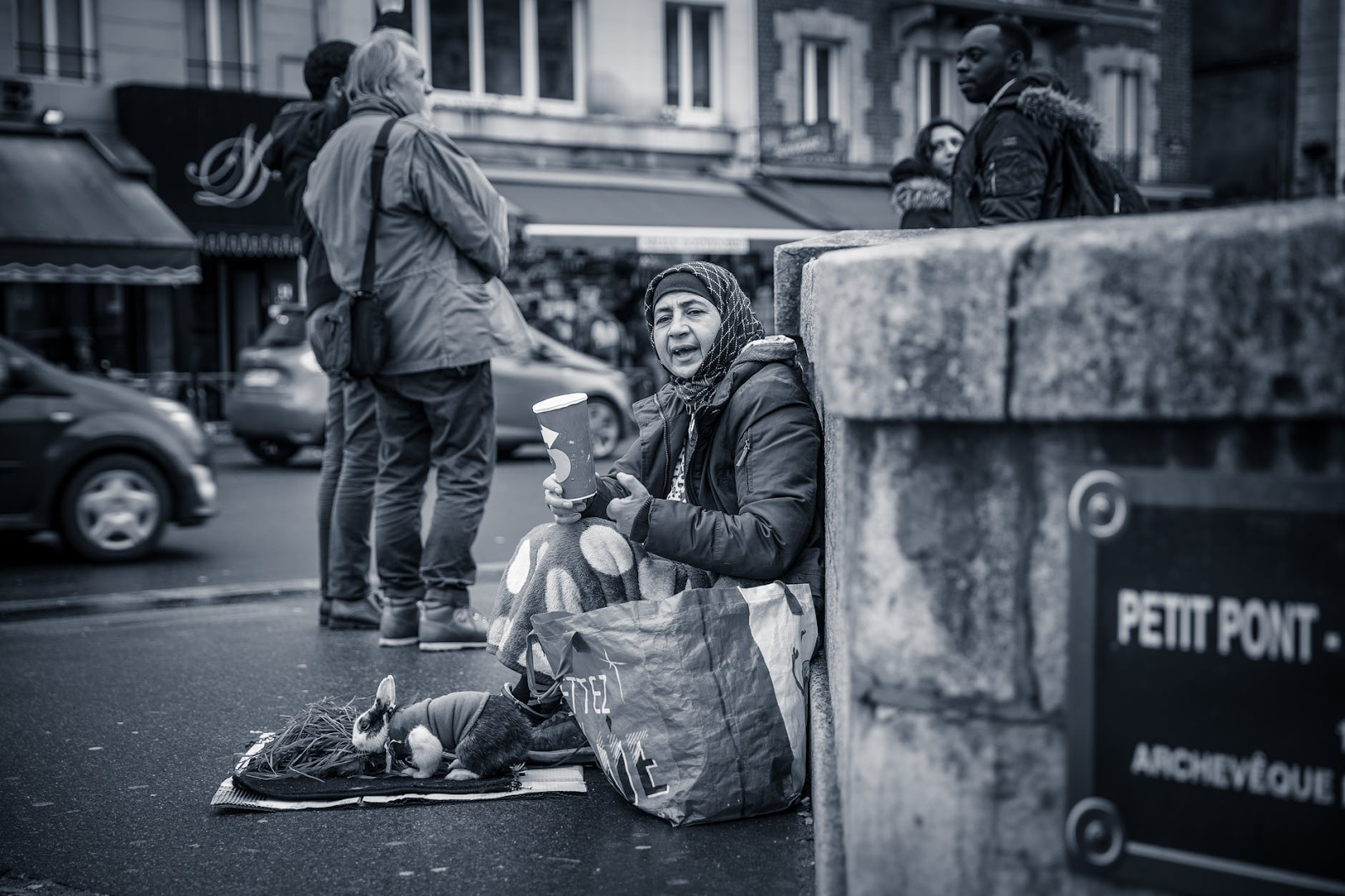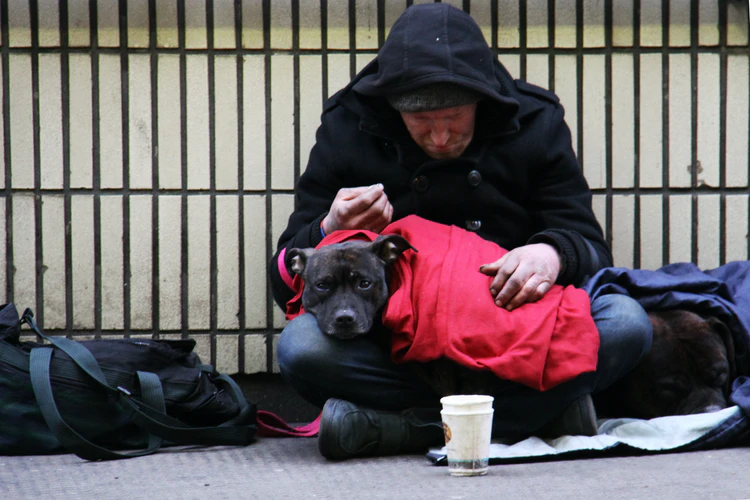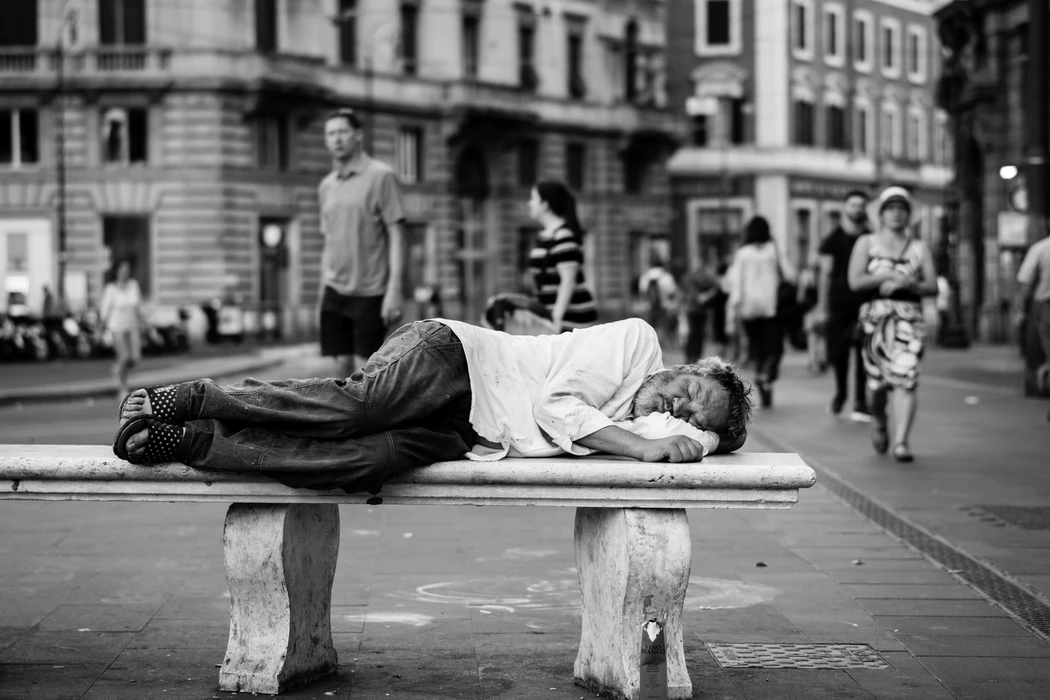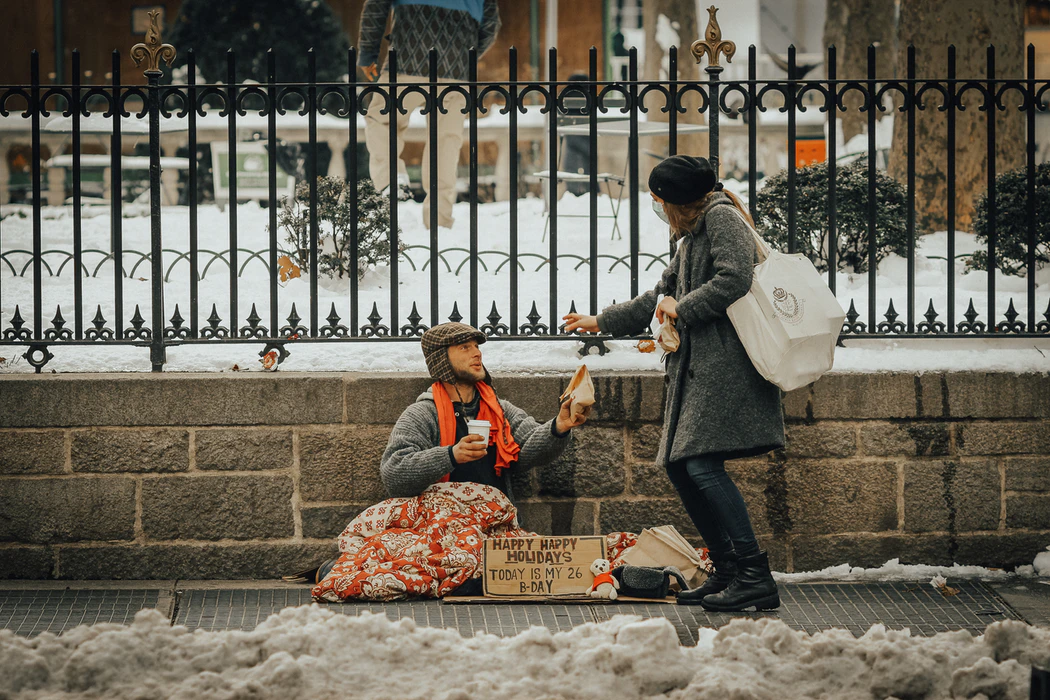Social distancing is close to impossible in dormitory-style shelters with shared bathrooms and kitchen facilities. A single case can spark an outbreak with devastating results. In the greater Paris region, almost half of those in emergency accommodation had been infected by the virus by July 2020, according to a study led by MSF. The winter waves of COVID-19 brought thousands of additional cases.
Other cities, including Copenhagen, Dublin and Budapest, fared better by rapidly expanding the availability of single-person rooms and setting up isolation facilities. Urban centres across Europe now face the common challenge of vaccinating as many at-risk people as possible just as warmer weather and the reopening of society makes this group increasingly mobile.

People experiencing homelessness tend to be in worse health than others of the same age, according to FEANTSA, an NGO seeking to end homeless in Europe. ‘They are often at a higher risk of contracting infectious diseases and are especially vulnerable to respiratory problems due to compromised immune systems, poor nutrition and hygiene, and frequent overcrowding at shelters,’ as the organisation’s position paper on vaccination puts it.
Age is a key criterion in some vaccine priority lists. However, homeless people in their 30s, 40s and 50s often have health problems typically found in much older people, prompting campaigners to push for the prioritisation of vulnerable groups in national COVID-19 vaccine programmes.
This is reflected in a technical paper from the European Centre for Disease Prevention & Control (ECDC), which describes some of the factors other than age which can put people at elevated risk of COVID-19 infection and complications. It also echoes the European Public Health Alliance (EPHA)’s 12-point plan for vaccine equity published in May.
A mixed picture
As national and regional authorities are responsible for vaccination programmes, a patchwork of policies prevails across Europe. In France, where an estimated 300,000 people are homeless, ‘people in precarious situations’ are in the fourth or five phases of the national vaccine rollout plan, according to Stéphanie Vandentorren of the French National Public Health Agency (SPF).
Meanwhile, Hungary included homeless people in the second priority group, after health workers, according to Istvan Dandé at the Budapest Methodological Centre of Social Policy. Clients and staff at temporary shelters and long-term accommodation were treated on a par with those using other health and social services, ensuring people experiencing homelessness were near the top of the queue.

In Ireland, where rates of COVID-19 infection in Dublin were lower among homeless people than in the wider urban population, advocates pushed hard to ensure shelters were prioritised when the vaccine was introduced.
‘We had to fight our corner, stressing that homeless people with COVID were five times more likely to be admitted to ICU [intensive care units] and eight times more likely to die,’ Dr Austin O’Carroll, a Dublin GP, told a FEANTSA webinar. ‘Authorities allowed us to identify the shielding units and long-term accommodation where people were at highest risk.’
In Copenhagen, where a swift response in spring 2020 helped contain the first wave, national vaccination efforts have been among the most efficient in Europe. A surge in cases in December 2020 required rapid expansion of isolation facilities: ‘It was like working in a small hospital,’ said Dr Henrik Thiesen, Copenhagen City Social Services.
Since then, pop-up vaccination centres have helped bring vaccines to many of those at risk. The new challenge is ensuring strong uptake. ‘The problem is there is a high level of negativity about vaccines among some of those in shelters,’ Dr Thiesen said.

In Dublin, around 45% of residents in hostels initially turned down the COVID-19 vaccine, jeopardising efforts to suppress the spread of the virus. Dr O’Carroll cites concerns among people in homeless shelters about potential side effects, the novelty of COVID-19 vaccines and questions about vaccine ingredients. Staff in hostels and shelters are being trained in how to recommend the vaccine and are given the information they need to answer questions.
‘Our experience with flu vaccine campaigns suggests the single biggest determinant of success is the enthusiasm of staff,’ he says. ‘We offer the vaccine first to people in hostels who are most willing. Then we return later and invite others.’
In shelters in Budapest, uptake was around 55% when the vaccine was introduced in late February. An enormous effort was required to ensure this group had their second doses one month later. ‘With the help of social workers, we sent two, three and sometimes four reminders,’ said Dr Magor Papp, a GP. ‘That’s how we ensured 95% of people who had received their first dose also had their second dose.’

Some countries have earmarked single-dose vaccines for transient populations to reduce the risk of ‘losing’ track of people when it’s time for their second jab. This is an option EPHA has encouraged authorities to consider.
Addressing the ‘three Cs’ of vaccine hesitancy (confidence, complacency and convenience), a challenge facing all sectors of society, could increase the number of people protected by the end of the summer. A review by French researchers looked at the factors influencing vaccination rates in hard-to-reach populations to help decision-makers address barriers to uptake.
Based on 20 years’ of data across all recommended vaccines, they found disease awareness, physician recommendations and availability of vaccines were key factors. Other concerns, such as the pressing need for food, water and shelter, were often viewed as more urgent than immunisation.
Jalpa Shah at the SPH said improving convenience by, for example, offering vaccination in tandem with other services such as needle-exchange, helped increase uptake for some. Reducing the administrative burden on vulnerable individuals by minimising paperwork and not requiring registration with a GP clinic, may also help.

Housing First
The pandemic added to the challenges facing people experiencing homelessness. However, it has highlighted the strong link between housing and health. Campaigners hope that one of the legacies of the crisis will be a deeper appreciation of the value that investing in ending homelessness would have for society, economies and health systems.
Housing First, is an established policy of offering permanent housing, along with supportive services, to people facing homelessness. Prior to the pandemic, this approach has proven its worth in Finland and elsewhere. Now, it could be argued that it is a strand of public health policy and pandemic preparedness.
‘Prevention is better than cure and public authorities should take the recovery from the pandemic as an opportunity to implement sustainable solutions to homelessness,’ Freek Spinnewijn, director of FEANTSA, told Vaccines Today. ‘In the meantime, while there are 700,000 people homelessness on any given night in the EU, we must work together to ensure access to and encourage take up of COVID-19 vaccines among the homeless population.’




